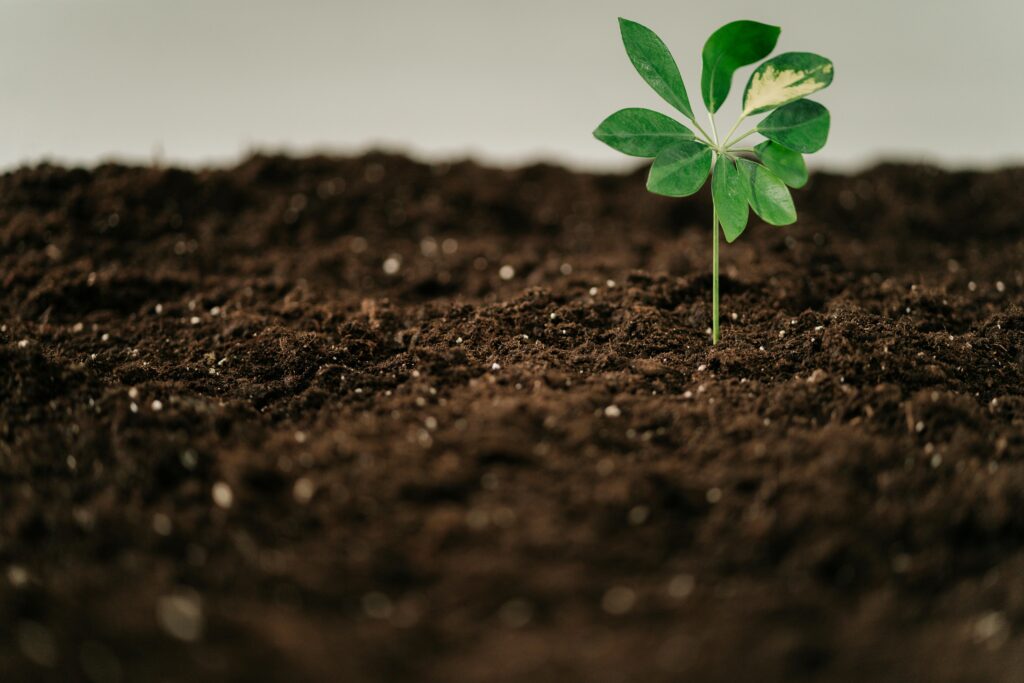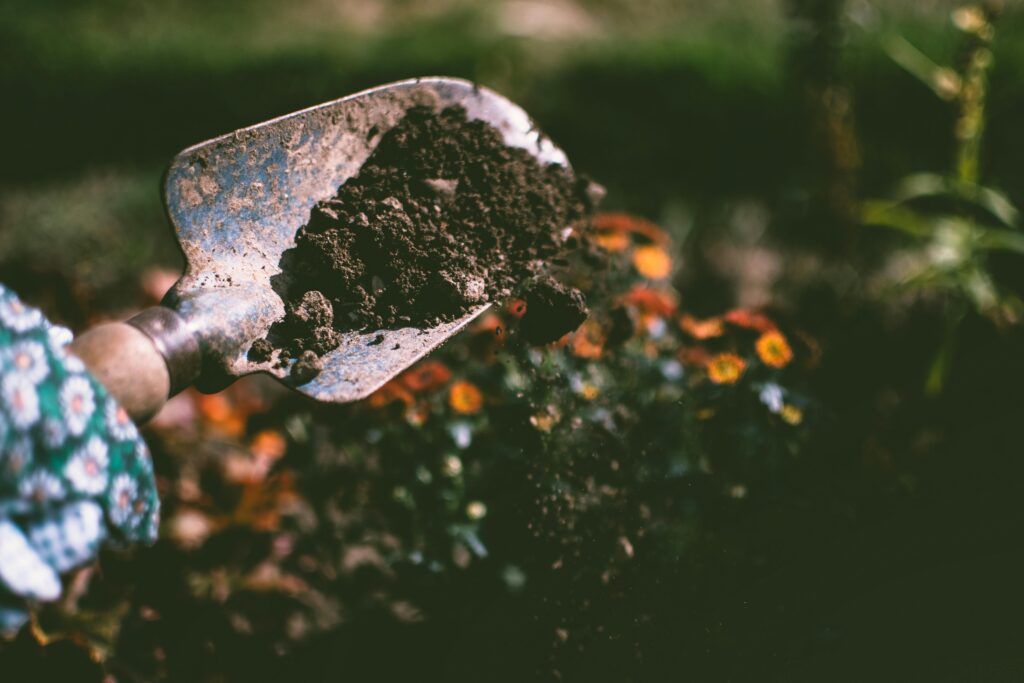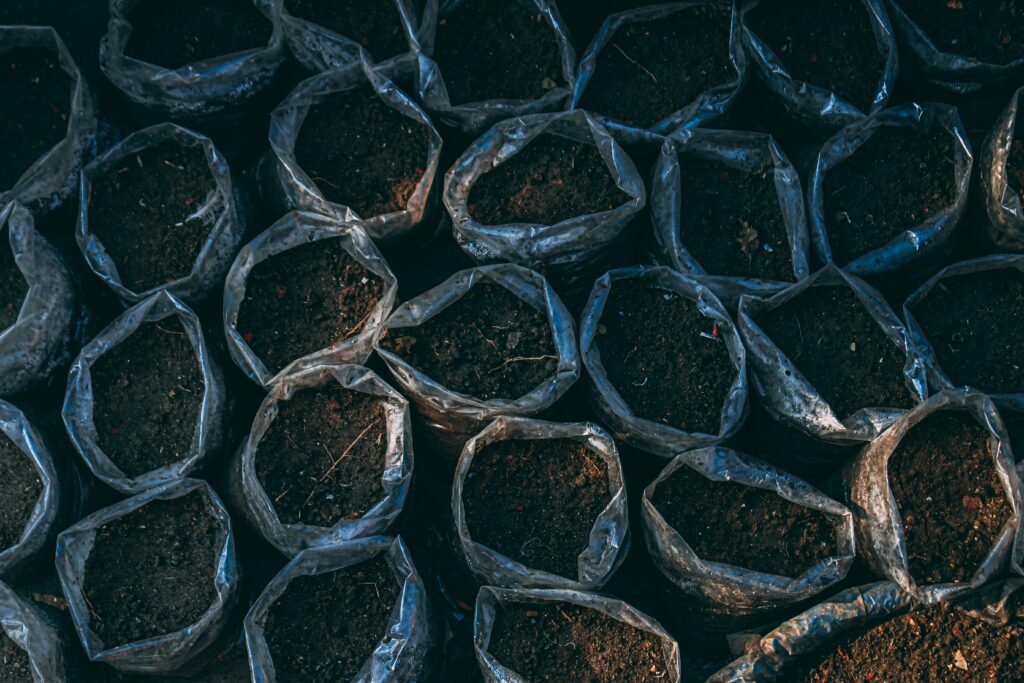Organic Soil for Home and Lifestyle: A Guide to Healthier Living and Greener Gardening

Did you know that the quality of the soil in your garden could be the key to growing healthier plants and creating a more sustainable environment? Many of us tend to focus on watering and sunlight, but soil health is often overlooked. Organic soil offers an ideal foundation for thriving plants and a healthy home garden. In this guide, we’ll explore what organic soil is, why it matters, and how you can create it yourself for a greener lifestyle.
Understanding Organic Soil
Organic soil is soil enriched with natural materials that support plant growth without the use of synthetic chemicals. Unlike conventional soil, which may rely on artificial fertilizers and pesticides, organic soil focuses on building a healthy ecosystem within the soil itself. It’s made up of decomposed organic matter, beneficial microorganisms, and essential nutrients that work together to create a natural, balanced environment.
Key Components of Organic Soil
This soil is rich in:
- Decomposed Organic Matter – This includes leaves, compost, and plant materials that provide a nutrient base.
- Beneficial Microorganisms – Bacteria, fungi, and other organisms break down materials in the soil, creating nutrients and improving soil health.
- Nutrients – soil contains nitrogen, phosphorus, potassium, and other nutrients essential for plant growth, derived from natural sources.
Benefits of Organic Soil
- Healthier and More Resilient Plants
Using soil helps plants build resilience against diseases, pests, and extreme weather. Plants grown in soil tend to have stronger root systems and improved nutrient absorption, leading to vibrant, healthy growth. soil fosters a stable ecosystem where beneficial microorganisms thrive, further aiding plant immunity.
- Positive Environmental Impact
When you use this soil, you’re contributing to a cleaner and healthier planet. Traditional chemical fertilizers can leach into water sources, causing pollution and harming local ecosystems. Soil reduces this chemical runoff and supports biodiversity by creating a haven for earthworms, insects, and beneficial bacteria, all of which contribute to a balanced ecosystem.
- Improved Soil Structure
Soil improves soil structure, making it easier for air, water, and nutrients to penetrate. This structure helps retain moisture, reduces soil erosion, and allows for better root growth. Whether you’re growing vegetables or ornamental plants, organic soil ensures they have the structure they need to flourish.

How to Create Organic Soil
- Composting: Turning Waste into Black Gold
Creating soil starts with composting. Here’s a step-by-step guide to getting started:
- Choose a Compost Bin – You can use a compost bin or even a small corner of your garden.
- Add Organic Materials – Include food scraps, coffee grounds, and yard waste like leaves and grass clippings.
- Turn Regularly – Turning your compost every 1-2 weeks helps with aeration and accelerates the breakdown of organic materials.
- Be Patient – Composting takes time, usually a few months, to fully break down and become rich, dark organic matter.
- Natural Soil Amendments: Boosting Nutrient Levels
Adding natural amendments to your soil enhances its nutrient profile. A few endorsed options include:
- Compost – As mentioned, compost is packed with nutrients and beneficial organisms.
- Manure – Animal manure adds nitrogen and other nutrients, but be sure it’s well-aged to avoid burning your plants.
- Green Manure – This includes cover crops like clover or alfalfa, which are planted to enrich the soil when they’re tilled back into the ground.
- Mulching: Protecting and Nourishing the Soil
Mulching is essential for maintaining healthy organic soil. A layer of mulch, like straw, bark, or grass clippings, provides several benefits:
- Retains Moisture – Mulch prevents water evaporation, keeping your soil moist.
- Regulates Temperature – It protects plant roots by insulating the soil.
- Prevents Erosion – Mulch stops soil from washing away during heavy rain.

Using Organic Soil in Home Gardening: Tips, Myths, and Where to Buy
Organic soil is a fantastic choice for home gardening, offering versatility and numerous benefits across different types of gardens. Here’s how to make the most of it in your gardening projects.
- Container Gardening: How to Use Organic Soil in Pots and Raised Beds
This soil is ideal for container gardening, providing nutrient-rich support for plants confined to small spaces. When using organic soil in pots or raised beds, remember these tips:
- Choose the Right Mix: Organic potting mixes specifically formulated for containers provide proper drainage, preventing roots from becoming waterlogged.
- Add Compost: For an extra nutrient boost, mix in compost or worm castings. This keeps plants well-fed without the need for synthetic fertilizers.
- Refresh Annually: Field soil can turn out to be compacted over time. Replace or refresh your soil each growing season to ensure that plants get enough oxygen, nutrients, and water.
- Vegetable Gardens: Best Practices for Maximizing Yields
This soil is perfect for vegetable gardens, helping to produce healthier and more abundant crops. To get the great yields:
- Deepen the Soil Bed: Root vegetables like carrots and potatoes need deeper soil. Ensure your soil bed is at least 12 inches deep for optimum growth.
- Rotate Crops: After harvesting, rotate your crops to prevent nutrient depletion and reduce pests. This soil provides flexibility to accommodate different plants each season.
- Mulch Regularly: Adding an organic mulch layer conserves soil moisture and prevents weeds from competing with your vegetables.
- Flower Beds: Techniques for Vibrant Blooms
Flower beds benefit immensely from organic soil, resulting in richer, longer-lasting blooms. Here’s how to enhance your flower garden:
- Loosen the Soil: Flower roots require loose soil to grow properly. Mixing organic compost with your soil promotes aeration.
- Feed with Organic Fertilizer: Use an organic, slow-release fertilizer designed for flowers to ensure continuous nutrient availability.
- Top with Mulch: A mulch layer on top of your soil conserves moisture, suppresses weeds, and gives your flower beds a polished look.
Common Myths About Organic Soil
While organic soil is gaining popularity, some myths and misconceptions persist. Allow us to solve a few of the most common ones.
Myth #1: It is Only for “Natural” or Organic Gardens
Some gardeners think organic soil is only beneficial if you’re growing organic produce. However, The soil is simply a healthy foundation for any garden. By choosing This soil, you reduce the need for synthetic fertilizers, benefiting any gardening style.
Myth #2: It Doesn’t Work as Well as Synthetic Fertilizers
While synthetic fertilizers provide a quick nutrient boost, they don’t improve soil health over time. Organic soil, on the other hand, enriches the earth by supporting beneficial microorganisms and enhancing soil structure. Research shows that organic soil fosters plant health more sustainably than synthetic alternatives, resulting in better long-term growth.
Myth #3: It Is Too Expensive
While some of these soil blends are pricier than conventional soil, you don’t need to buy the most expensive bag to see results. Many affordable options are available, and creating your own organic soil mix with compost can be cost-effective.

Where to Buy
When buying organic soil, choose sources that offer high-quality products to ensure your plants get the best care. Here are some trusted options:
- Local Nurseries: Support Your Community
Local nurseries are fantastic sources. They often provide:
- High Quality: Nurseries usually carry soil specifically suited to your region’s climate and plant needs.
- Expert Advice: Staff can provide guidance on the right soil mix for your specific plants.
- Environmental Benefits: Buying locally reduces the carbon footprint associated with transporting soil from faraway locations.
- Online Retailers: Convenience at Your Fingertips
Many online retailers sell organic soil, making it easy to get the product delivered to your door. Consider these trusted sources:
- Amazon: Known for a wide selection of organic soil brands with customer reviews.
- Specialized Gardening Websites: Websites like Gardener’s Supply Company offer high-quality organic soil blends specifically tailored to various gardening needs.
- DIY Solutions: Make Your Own Organic Soil Mix
Creating your own organic soil is a budget-friendly, eco-friendly option:
- Start with Compost: Compost provides essential nutrients and beneficial organisms for a strong soil foundation.
- Add Sand for Drainage: For plants requiring better drainage, adding sand to your mix can help.
- Incorporate Peat or Coco Coir: These ingredients help retain moisture and keep soil loose.
Conclusion
Organic soil is a versatile, eco-friendly option for home gardeners looking to boost plant health while caring for the environment. By understanding how to use This soil in different garden types, dispelling myths, and knowing where to buy it, you’ll set yourself up for gardening success. Whether you’re container gardening, cultivating a vegetable patch, or nurturing flower beds, soil helps create a beautiful, sustainable home garden.
Transitioning to this soil is a powerful step toward creating a greener, healthier garden—and a healthier home. Whether you’re a beginner or a seasoned gardener, offers an easy, impactful way to nurture your plants, conserve resources, and contribute to a sustainable future. Imagine the vibrant blooms, abundant vegetable harvests, and lush greenery that can fill your space with organic soil’s natural power.
Now it’s your turn! Try incorporating organic soil into your gardening routine and experience the benefits firsthand. If you already use organic soil, share your tips and success stories in the comments. We’d love to hear about your journey to healthier soil, thriving plants, and a greener lifestyle!
